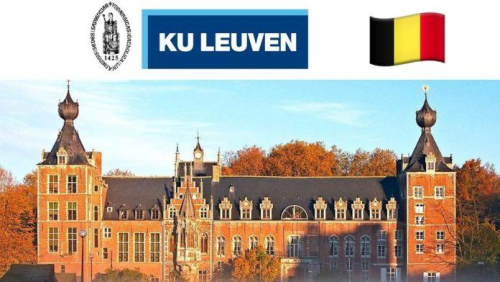Chemistry Keypoints: Metals and their compounds; Metals and their compounds constitute a crucial part of the chemical world, with a wide range of applications in various industries.
Study other chemistry keypoints here
In this comprehensive note, we will explore different metals and their compounds, focusing on their general properties, extraction methods, chemical reactivities, uses, and specific tests.
Chemistry Keypoints: Metals and their compounds
General Properties of Metals
Metals possess several common properties, including high electrical conductivity, malleability, ductility, and a metallic luster. They tend to form cations by losing electrons and exhibit varying degrees of reactivity.
Alkali Metals: Sodium (Na)
Sodium Hydroxide (NaOH):
- Production: Sodium hydroxide is produced by the electrolysis of brine (sodium chloride solution).
- Uses: It is used in various industrial processes, including the precipitation of metallic hydroxides.
Sodium Trioxocarbonate (IV) (Sodium Carbonate, Na2CO3) and Sodium Hydrogen Trioxocarbonate (IV) (Sodium Bicarbonate, NaHCO3):
- Production: Sodium carbonate is produced using the Solvay process.
- Properties and Uses: Sodium carbonate is used in the manufacture of glass and several other industrial processes.
Sodium Chloride (NaCl):
- Occurrence: Sodium chloride is abundant in sea water.
- Uses: It has numerous applications, and its economic importance lies in its recovery from sea water.
Alkaline-Earth Metals: Calcium (Ca)
Calcium Oxide (Quicklime, CaO):
- Properties and Uses: Calcium oxide is used in various industries, including the chemical industry and in agriculture to improve soil quality.
- Preparation: It can be prepared from sea shells (calcium carbonate, CaCO3) by heating.
Calcium Hydroxide (Slaked Lime, Ca(OH)2):
- Properties and Uses: Slaked lime is used in construction and as a chemical reagent.
Calcium Trioxocarbonate (IV) (Calcium Carbonate, CaCO3):
- Properties and Uses: Calcium carbonate is used as a dietary supplement, antacid, and in the manufacture of cement and as a filler in various industries.
- Test for Ca2+: Calcium ions can be detected using flame tests, precipitation reactions, or complexation reactions.
Aluminium (Al)
Purification of Bauxite:
- Method: Bauxite is purified by the Bayer process.
Electrolytic Extraction of Aluminium:
- Properties and Uses: Aluminium is a lightweight, corrosion-resistant metal used in various applications, including construction, transportation, and packaging.
- Test for Al3+: Aluminum ions can be detected using precipitation reactions.
Tin (Sn)
Extraction from Ores:
- Method: Tin is extracted from its ores through reduction processes.
Properties and Uses:
- Tin has several applications, including as a coating for food containers (tinplate) and in the manufacture of solder.
Metals of the First Transition Series
Metals of the first transition series exhibit characteristic properties, including various oxidation states, complex ion formation, the formation of colored ions, and catalytic activity.
Iron (Fe)
Extraction from Sulphide and Oxide Ores:
- Method: Iron is extracted from its ores through various processes, including the blast furnace method.
Properties and Uses:
- Iron and its alloys, such as steel, are used extensively in construction, machinery, and transportation.
- Different forms of iron have specific properties and advantages, with steel being preferred for its strength and durability.
Test for Fe2+ and Fe3+:
- Iron ions can be detected through various chemical tests, such as precipitation reactions.
Copper (Cu)
Extraction from Sulphide and Oxide Ores:
- Method: Copper is extracted from its ores through smelting and electrolytic methods.
Properties and Uses:
- Copper is a versatile metal used in electrical wiring, plumbing, and various industrial applications.
- Copper(II) tetraoxosulphate(VI) (copper sulfate, CuSO4) is prepared and used in various applications.
Test for Cu2+:
- Copper ions can be detected using precipitation reactions.
Alloy Formation
Alloys are created by combining metals with other elements to enhance specific properties. Some notable alloys include stainless steel, brass, bronze, type-metal, duralumin, soft solder, permalloy, and alnico, each with unique compositions and uses.
In summary, metals and their compounds exhibit diverse properties and applications across numerous industries. Understanding their properties, extraction methods, and uses is essential in the fields of metallurgy, materials science, and various industrial processes. Alloy formation further enhances the versatility and performance of metals in various applications.








